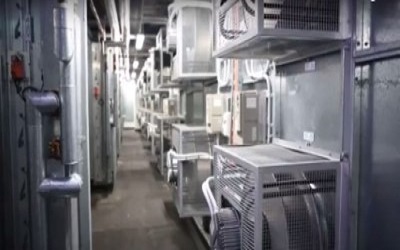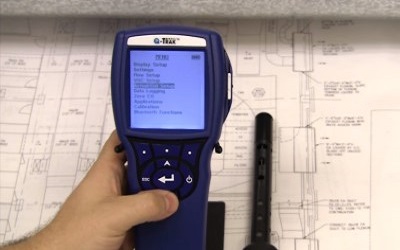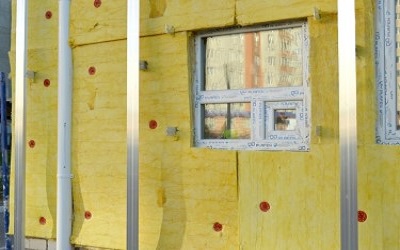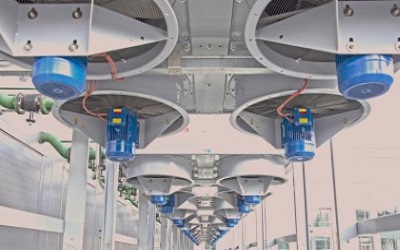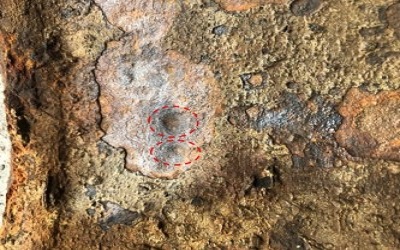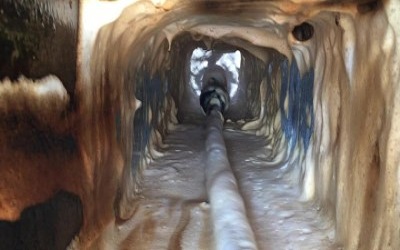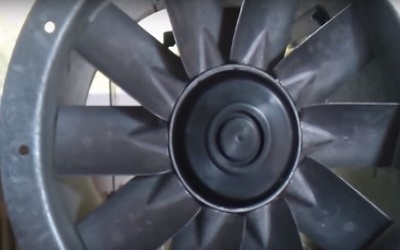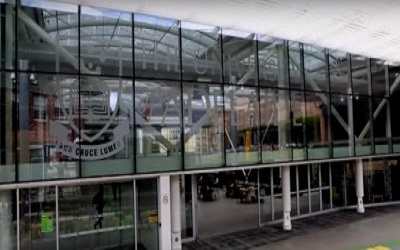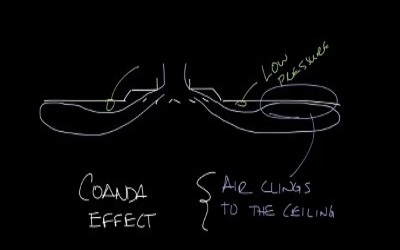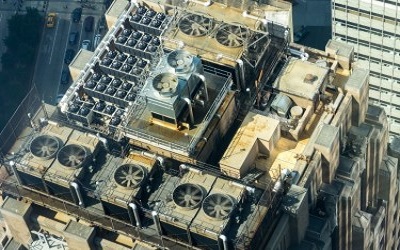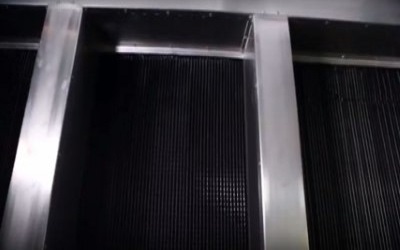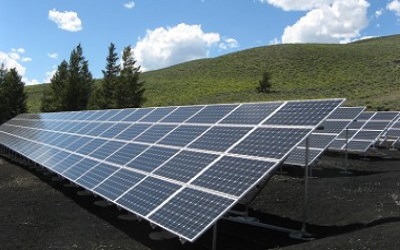J5.3 Mechanical ventilation system control
J5.3 Mechanical ventilation system control
(a) General — A mechanical ventilation system, including one that is part of an air-conditioning system, except where the mechanical system serves only one sole-occupancy unit in a Class 2 building or serves only a Class 4 part of a building, must—
[It is applicable for mechanical ventilation which may be part of an air-conditioning system or a separate system such as a car park mechanical ventilation system.]
(i) be capable of being deactivated when the building or part of the building served by that system is not occupied; and
[If the mechanical ventilation system only serves a single floor, when that floor is unoccupied, then it must be capable of being stopped.]
(ii) when serving a conditioned space, except in periods when evaporative cooling is being used—
(A) where specified in Table J5.3, have—
[Where it is specified in Table J5.3; either modulating control or energy reclaiming system to be installed.]
(aa) an energy reclaiming system that preconditions outdoor air at a minimum sensible heat transfer effectiveness of 60%; or
(bb) demand control ventilation in accordance with AS 1668.2 if appropriate to the application; and
(B) not exceed the minimum outdoor air quantity required by Part F4 by more than 20%, except where—
[It is with an exception for evaporative air-conditioning and the criteria below]
(aa) additional unconditioned outdoor air is supplied for free cooling; or
(bb) additional mechanical ventilation is needed to balance the required exhaust or process exhaust; or
(cc) an energy reclaiming system preconditions all the outdoor air; and
(iii) for an airflow of more than 1000 L/s, have a variable speed fan unless the downstream airflow is required by Part F4 to be constant.
[It is prescribed where possible that larger mechanical ventilation systems have a variable speed fan.]
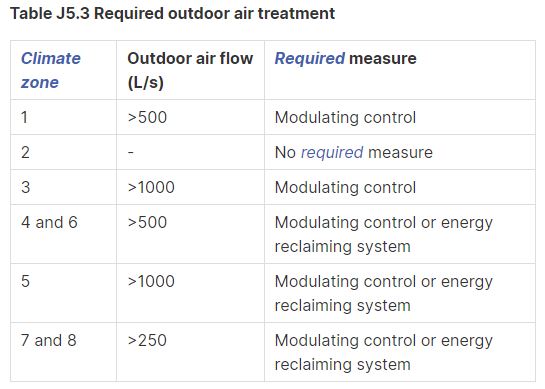
Table J5.3 Required outdoor air treatment
(b) Exhaust systems — An exhaust system with an air flow rate of more than 1000 L/s must be capable of stopping the motor when the system is not needed, except for an exhaust system in a sole-occupancy unit in a Class 2, 3 or 9c building.
[They are taking, for example of kitchen exhaust and laundry systems. Minimum ventilation rates take precedence over energy efficiency measures.]
(c) Carpark exhaust systems — Carpark exhaust systems must have a control system in accordance with—
[It requires car park exhaust systems to have carbon monoxide monitoring, according to AS1668.2.]
(i) 4.11.2 of AS 1668.2; or
(ii) 4.11.3 of AS 1668.2.
(d) Time switches—
(i) A time switch must be provided to a mechanical ventilation system with an air flow rate of more than 1000 L/s.
[Need to comply with Specification J6]
(ii) The time switch must be capable of switching electric power on and off at variable pre-programmed times and on variable pre-programmed days.
(iii) The requirements of (i) and (ii) do not apply to—
(A) a mechanical ventilation system that serves—
(aa) only one sole-occupancy unit in a Class 2, 3 or 9c building; or
(bb) a Class 4 part of a building; or
(B) a building where mechanical ventilation is needed for 24 hour occupancy.
Read more: BCA Part J5.5 Ductwork insulation
Read more: BCA Part J5.8 Pipework insulation
Read more: BCA Part J5.6 Ductwork sealing
Read more: BCA Part J5.9 Space heating
Read more: BCA Part J5.7 Pump systems
Read more: BCA Part J5.10 Refrigerant chillers
Read more: BCA Part J5.12 Heat rejection equipment
Related
Read more: Fan wall
Read more: How to verify the percentage of outside air in an enclosure
Read more: BCA Part J5 Air-conditioning system control
Read more: Microbial Induced Corrosion (MIC) in Pipes
Read more: Is your kitchen exhaust system a fire hazard
Read more: What is coanda effect
